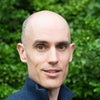Nothing says “winter holidays” to me like the combo of a cold day, a warm fire, a soft couch, and a book. If you’re looking for some couch material—or gift ideas for the endurance people in your life—here are the books I’ve enjoyed most this year that fit with the general themes of Sweat Science.
The Inner Clock, by Lynne Peeples
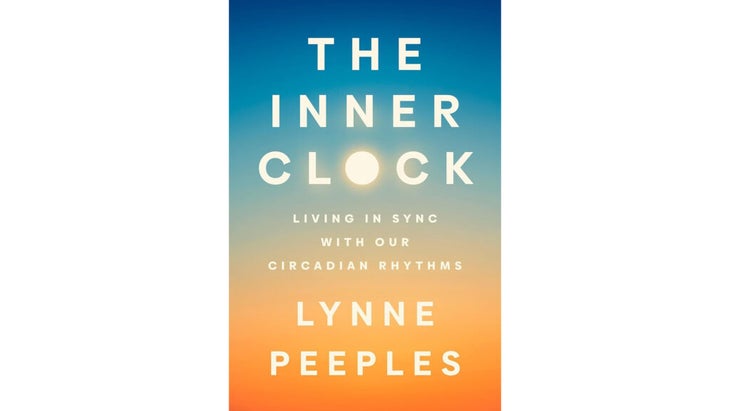
There’s lots of advice about circadian rhythms floating around the internet these days, some of it useful (be aware of light exposure before bedtime), some of it very much not (). This new book is the definitive take on what scientists currently know about how the circadian system works, how it’s disrupted by the ways we live now, and what we should do about it. Peeples’ reporting is exceptionally thorough (including a week-long stay in a converted missile bunker in Arkansas to experience life in the complete absence of circadian cues), and there were a lot of insights that were new to me: I had no idea, for instance, that in addition to rods and cones we have a third type of photoreceptor in our eyes that helps regulate circadian clocks.
Bodywork Newsletter
Want more of �����ԹϺ���’s Health stories?The Norwegian Method, by Brad Culp
It’s the hottest thing in endurance training these days, as I wrote here and here. But beyond buzzwords like “double threshold” and gadgets like lactate meters, what is so-called Norwegian training really about? Culp traces its origins to the days long before Jakob Ingebrigtsen and Kristian Blummenfelt ruled the world, all the way back to… the Vikings! Starting with a deep dive into Norwegian culture, he pieces together a much broader view of the components that have made Norwegian athletes so successful, spanning various sports like rowing, cycling, and running. And as a veteran triathlon journalist, Culp has particularly good access and insights into that world. Definitely worth a read before you start toying around with double thresholds.
To the Limit, by Michael Crawley

Crawley is an anthropologist and 2:20 marathoner whose 2020 book on Ethiopian running, Out of Thin Air, grew out of the 15 months he spent living and training with Ethiopian runners. His new book takes a similar anthropological approach to the broader topic of endurance, seeking to understand why we do what we do and what meaning we derive from it. He travels to Mexico and Nepal, grapples with issues like wearable technology, social media, and climate change, and takes on various endurance challenges of his own, like a bike ride to Scotland. It’s a thoughtful (and sometimes critical) take on the big questions that drift through your mind when you’re out on the trails.
Out of Your Mind, by Jorge Cham and Dwayne Godwin
Grad students and academics are familiar with Jorge Cham’s long-running series, which captures the unique angst of life in the lab. Cham got his PhD in mechanical engineering, and he has teamed up here with neuroscientist Dwayne Godwin to write an accessible (and cartoon-illustrated) primer about the human brain, due to be released in January. There’s no particular overarching thesis here—no radical new theory or brain-optimizing biohack. But you get a nice intro to key ideas about how the brain works and the famous experiments that got us there, organized around questions like “Where Is the Mind?,” “What Are the Limits of Memory?,” and “What Is Consciousness?” If you’ve already read and enjoyed neuroscience books like A Brief History of Intelligence (which I recommended on my summer list), this might be a little too basic for you. But if you’re interested in brain science and unsure where to start, this is a good choice.
The Striker and the Clock, by Georgia Cloepfil
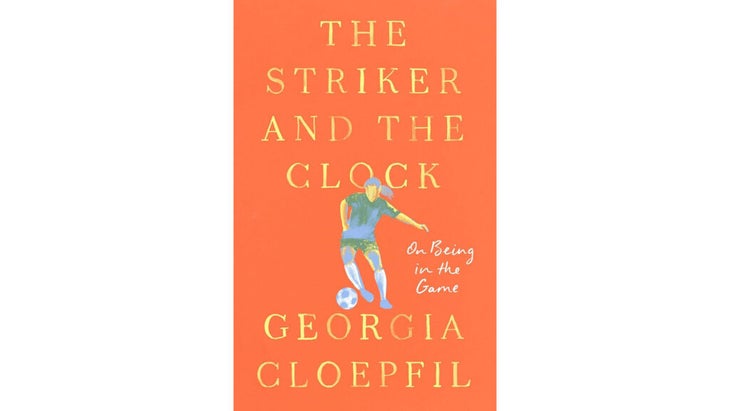
This is a collection of ninety short “chapters,” each a few pages long at most, mirroring the ninety minutes in a soccer game. Together, they tell the nonlinear tale of Cloepfil’s evolving relationship with soccer, which she played growing up, in college, and then professionally for six years in six countries from Australia to Lithuania to South Korea. There are a few different recurring themes, like the cramped horizons facing women who want to devote themselves to sport as adults, and, always in the background, the inexorable passage of time. The book reminded me a lot of Lauren Fleshman’s Good for a Girl: introspective and unflinchingly honest, with sparks of recognition for anyone who has ever gone all-in on a passion.
Scarcity Brain, by Michael Easter
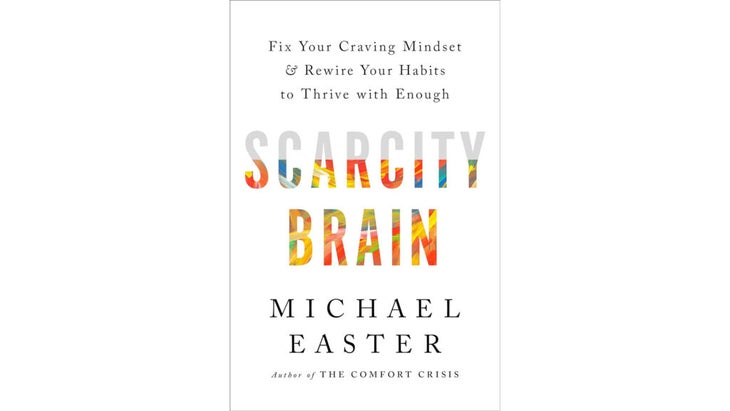
I was a big fan of Easter’s first book, The Comfort Crisis, which argued for the importance of getting out of your comfort zone. (I also love that his newsletter, Two Percent, is named for the fraction of people who take the stairs when there’s an escalator available.) In Scarcity Brain, he takes on a less straightforward problem. What is it in our brains and evolutionary wiring that always makes us want more? Easter pins the blame on “scarcity loops”: the combination of opportunity, unpredictable rewards, and quick repeatability, a nefarious trio that is increasingly (and deliberately) engineered into our modern environment. There’s no simple hack to defeat these scarcity loops, but Easter offers thoughtful reflections on how to feel like you have enough, mixed with gung-ho reporting from casinos in Vegas, jails in Iraq, and the jungle in Bolivia.
Small Game, by Blair Braverman
My family and I got addicted to the survival show Alone a few years ago, so a novel about contestants in a survival show gone wrong getting stranded in the wilderness caught my attention (belatedly: the book came out in 2022). Braverman is a columnist here at �����ԹϺ���, a seasoned outdoors professional, and, notably, a former contestant on the survival show Naked and Alone (which she wrote about here, though I’d recommend reading the novel first and the real-life experience second). It’s a fun and engaging read, made particularly worthwhile by the reflections on what we’re seeking when we head voluntarily into the wilderness (or watch shows about others doing so).
The Frontrunner, by Brad Fawley
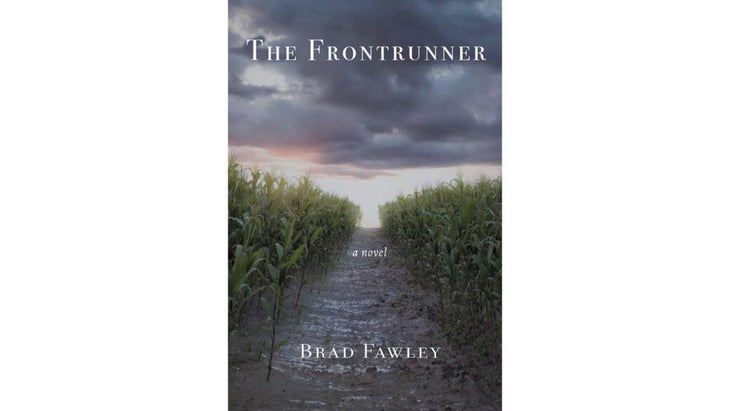
You might think the plot—small-town Kansas boy takes on scientifically trained (and doped) Soviet twins for running supremacy—sounds like an ersatz Rocky IV rip-off. But the plot’s not really the point here. The yardstick against which all running fiction is measured is still John L. Parker Jr.’s 1978 book Once a Runner, which remains beloved not for its plot or character development but for the way it managed to capture the ineffable feeling and essence of serious training and racing. That’s the buzz you get from The Frontrunner—though the plot, to be fair, ends up being more nuanced than my capsule summary suggests. If you’re hungry for more when you finish, try Brian Glanville’s 1969 classic, The Olympian.
The Obvious Choice, by Jonathan Goodman
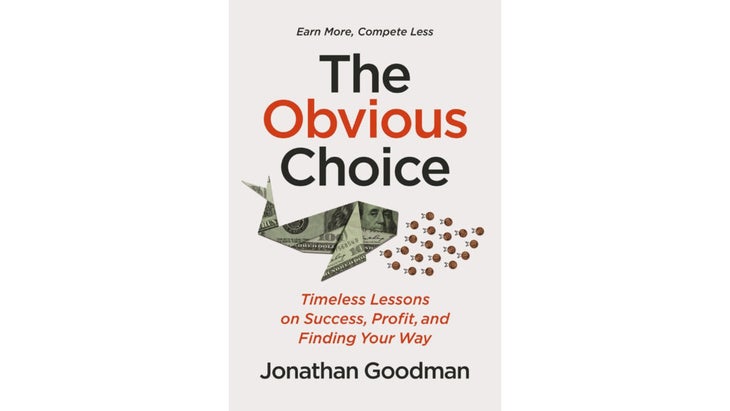
“Building a business and becoming an online entertainer are different games people play—neither’s better or worse, but problems arise when you conflate the two—playing by the rules of one and desiring the rewards on the other.” That’s the central insight underpinning Goodman’s new book, at least for me. Goodman is a big figure in the personal training world, offering training and software and other services. But he’s also a thoughtful critic of how most of us engage with the online world. If, like many of us, you’re feeling guilty because you have the vague sense you ought to be building a bigger following on social media, The Obvious Choice (which comes out in January) is worth a read.
Never Cry Wolf, by Farley Mowat
I read a few of Mowat’s children’s classics with my kids this year, like The Dog Who Wouldn’t Be (and we’ve got Lost in the Barrens on hold at the library). That led us to Never Cry Wolf, the 1963 book about Mowat’s own experiences as a government biologist sent to the Arctic to study the wolves who were supposedly decimating the caribou population, which was later adapted for the 1983 Disney movie of the same name. Mowat’s reputation as a non-fiction writer has taken a hit since then—he “never let the facts get in the way of the truth,” he later acknowledged—but if you keep that caveat in mind, it remains an amazingly entertaining book and a fascinating portrait of northern life and wildlife.
The Explorer’s Gene, by Alex Hutchinson
I’ll finish with an advance plug for my own forthcoming book, The Explorer’s Gene: Why We Seek Big Challenges, New Flavors, and the Blank Spots on the Map, which will be released in March. My last book, Endure, tried to figure out what defines our limits and how we push them. This one takes a step back and asks why we push them. Why are we drawn to the unknown? When should we listen to this urge, and when should we ignore it? Why is it so much fun? You can preorder .
Join me on and , sign up for the , and check out my 2023 holiday book round-up for more great reads.

